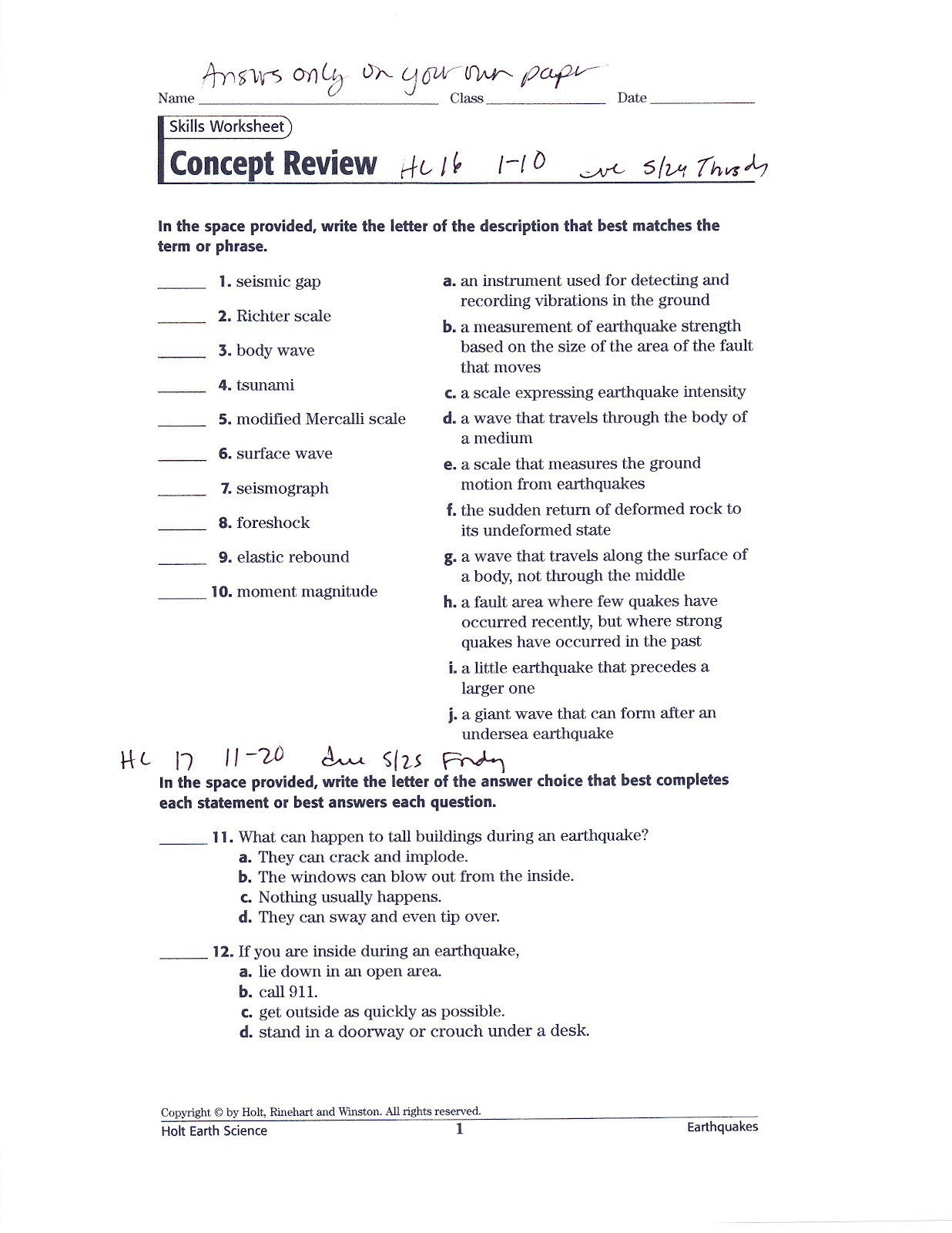Prentice Hall Adverbs Worksheet – An adverb tells the meaning of a verb, adjective, or another adverb. Adverbs are used to indicate the time, place they were, and the way in which the action was taken. They are typically placed following the verb, adjective or an adverb they modify.
Here are some additional examples.
He ran quickly.
She sang wonderfully.
They are fluent in English.
There are numerous methods to create an Adverb. There are many methods to make adjectives, as you observe. As you will see, additional adjectives can be made through the use of different words.
He drives slowly.
He was on time.
Adverbs can be placed at either the beginning or end a sentence. The purpose of the Adverb determines its position.
As you can see, adjectives that modify verbs tend to be placed after the verb. Adverbs that modify adjectives as well as other adjectives must be placed before any other adjective or Adverb they modify.
For instance:
He’s a slow car. (incorrect)
He’s a slow driver. (correct)
He drives slowly. (correct)
They arrived promptly. (correct)
They were there very quickly. (incorrect)
Let’s find out more about the adverbs. These worksheets will allow you to test the use of adverbs within sentences. The worksheets can be divided into three parts that focus on identifying adverbs, and then forming them.
Review a variety of sentences and identify the adverbs within each sentence. The first section deals with the identification of the adverbs. The second section, Adverbs: Practice, will teach you how to make use of adverbs in the form of verbs and adjectives. The third part, Making Adverbs will show you how to convert adjectives to adverbs.
You don’t have to wait! Get a pencil started by working with these adverb worksheets.
Adverb worksheets – Types of Adverbs
An adverb refers to a verb or an adjective. Adverbs can tell you the time, place and where it occurred. Adverbs, for instance, are often placed after the sentence.
He was slow to move around the room.
You can, for instance, create most adverbs by adding a ‘ly’ following an adjective.
Adjective “Slow”
Adverb: slowly
Adjective: quick
Adverb: quickly
Adjective: hard
Adverb: Hard
Adverbs can be one-word or multi-word words. For instance, a one-word adjective is the form with -ly.
He slowly walked throughout the room.
Multi-word adjectives consist of multiple words, such:
He moved slowly though the room.
These are some multi-word adverbs which are used frequently:
adverb + adverb: quite slowly, extremely quickly
Adverb + adjective : Very hot, very chilly
Preposition + Adverb In front, without delay
There is a choice of two kinds.
1. Adverbs that define how to behave
The fashion adverbs define the way things are done. This is an example:
He walked slowly around the space.
This sentence shows slowly his movement.
These are just some examples of the adverbs used in order to describe how things work.
Slowly, swiftly, calmly noisy, loudly and slowly
2. Place-related Adverbs
Adverbs of place can be used to determine the place of something. Consider this example:
He moved across the room.
The adverb in this sentence lets us know the exact location he taken a walk.
Two examples of place adverbs.
Outside, upstairs, downstairs, and everywhere other
Adverbs can also describe frequency and time. Adverbs that express the duration of time, like “when something has been completed” are also available.
He walked slowly around the space.
This sentence makes use of slow as an adjective.
Adverb worksheets: Tips and Tips and
Adverbs are the words which modify adjectives, verbs or other adverbs. These worksheets are great for teaching students about the many ways that adverbs can be used. Here are a few strategies and tips you can use to make the most of your adverb worksheets.
1. You can use a variety sentence forms.
Adverbs can be used in many different types of sentences. You can mix it up using your worksheets. You can use simple sentences, as well as complicated sentences. It will help your students to discover how adverbs can be used in various ways.
2. Highlight with the Adverbs
Be sure to highlight the adverbs in every sentence while creating worksheets. It will make the task simpler and more enjoyable for students. Each sentence can be represented with a distinct hue.
3. Encourage your students to come up with their own sentences.
Your students shouldn’t just fill in the blanks on their worksheets, they should also have to create sentences using adjectival terms. They’ll be able to understand the use of adverbs in writing.
FAQs on Adverb Worksheets
1. What are adverbs, you ask?
Adverbs are used to describe the use of a verb, adjective or another word. Adverbs indicate when, where or how something was done. They are often accompanied by the letter -ly.
2. What are the four most popular adverbs to use?
There are four types.
3. Are there any examples of adjectives that I could employ in my writing
Adverbs are employed to define both verbs (and adjectives). These adverbs make writing more interesting and descriptive.
4. What are the most frequently used adjectives?
The most commonly used adverbs are: quickly, slowly, badly, well, soft, hard and early, late not always, but frequently, and sometimes.






